Home
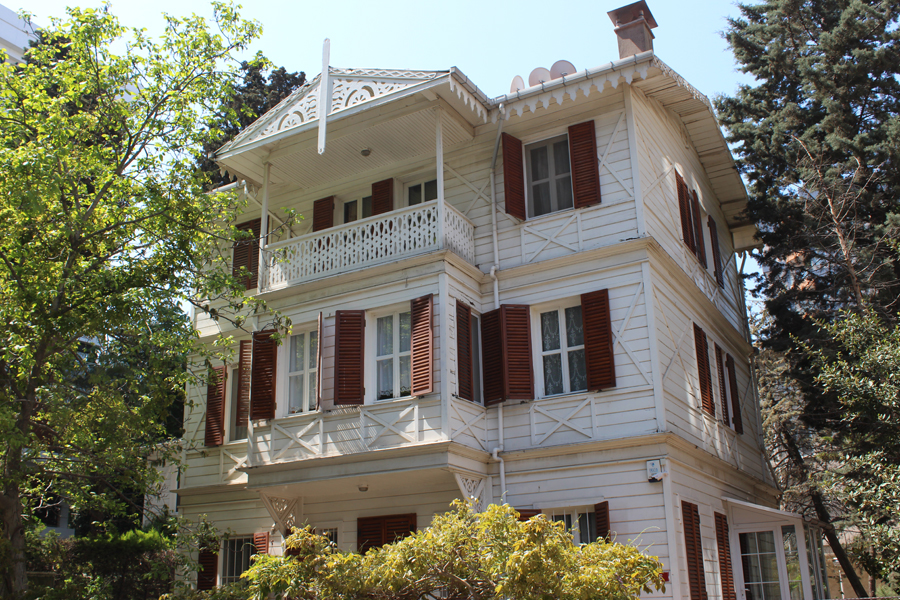
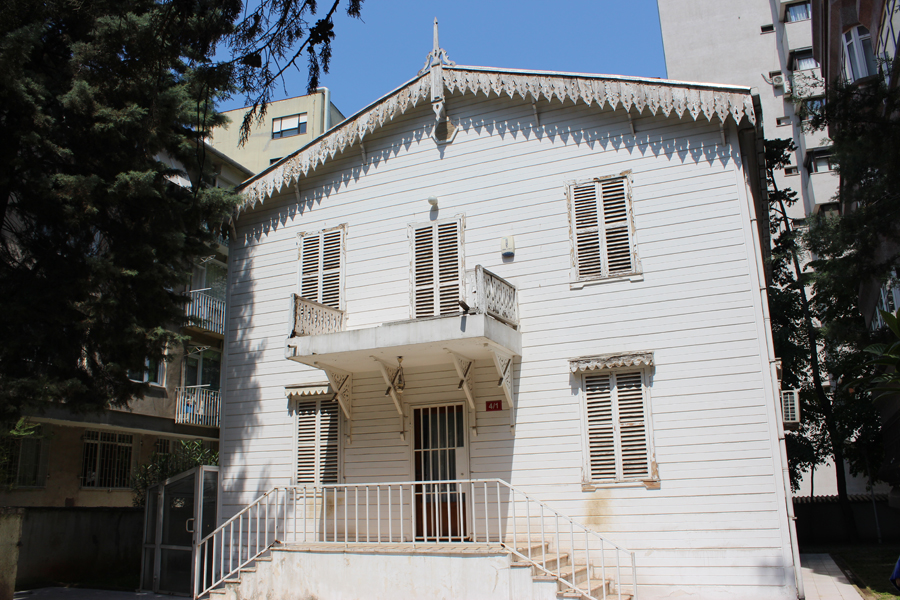
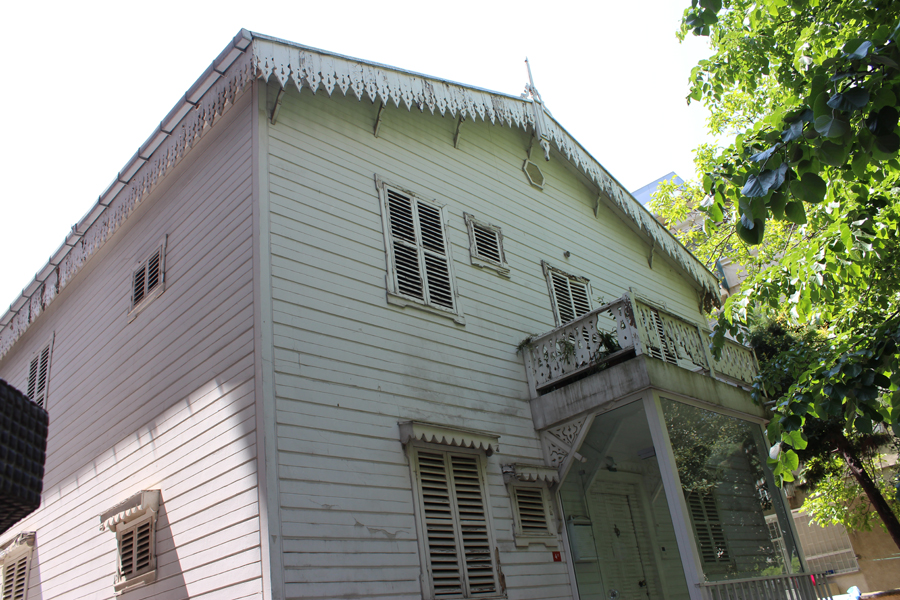



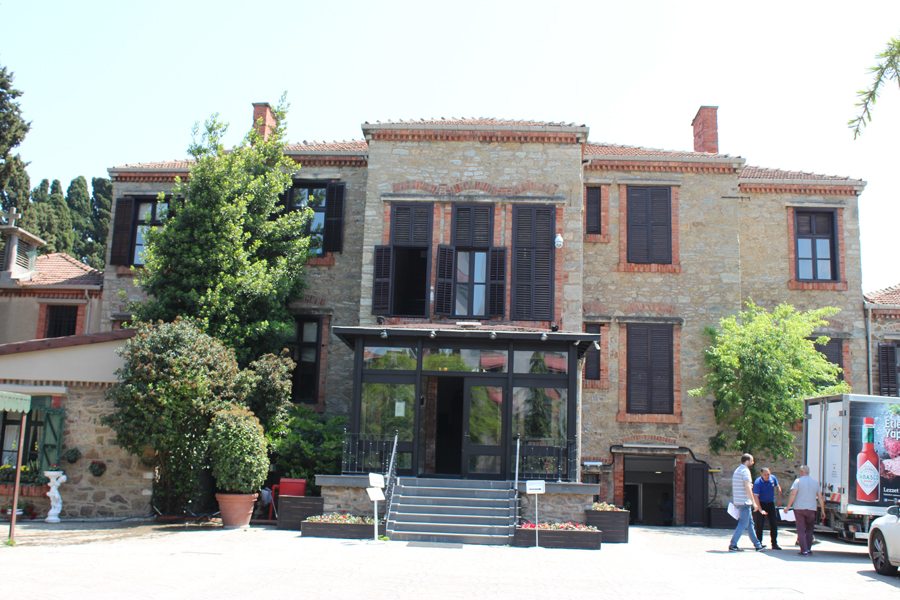
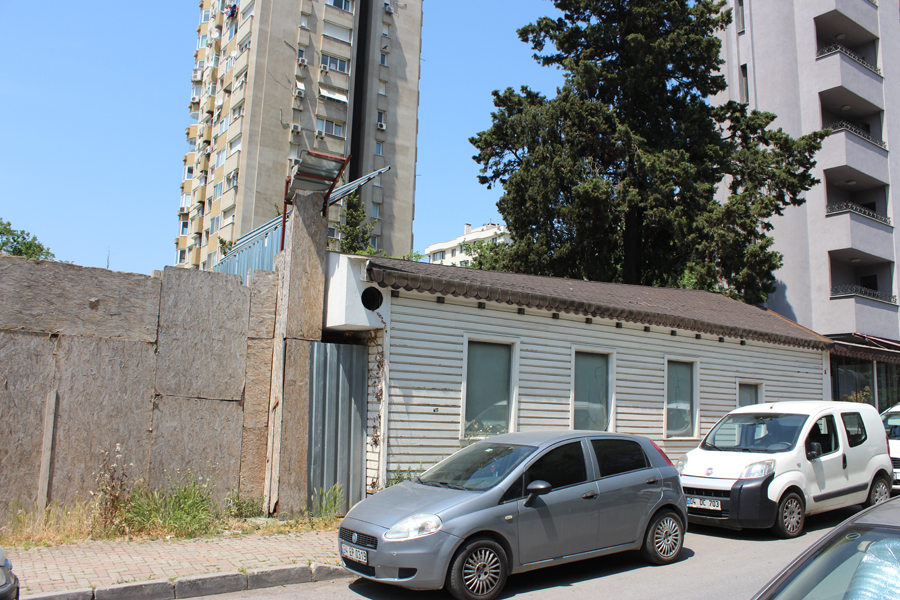
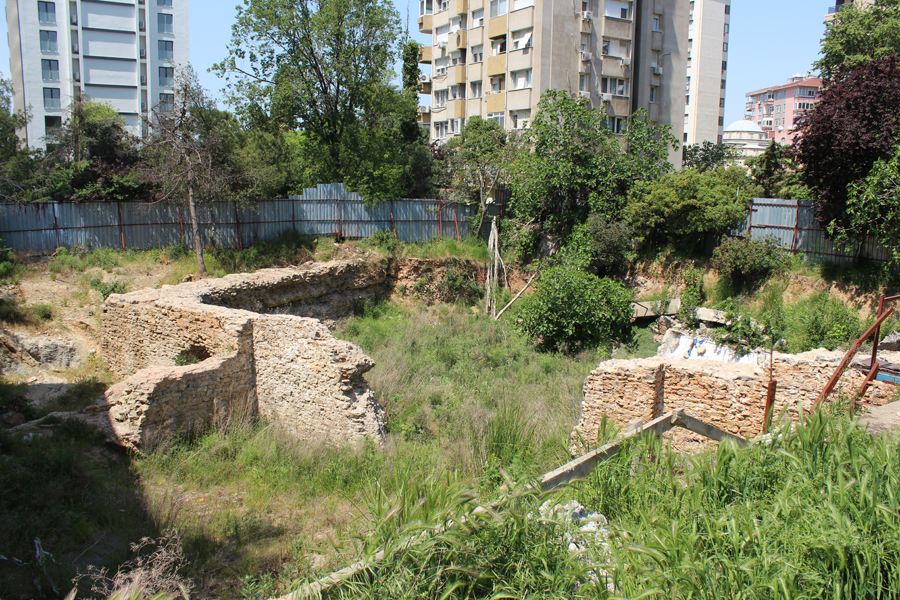
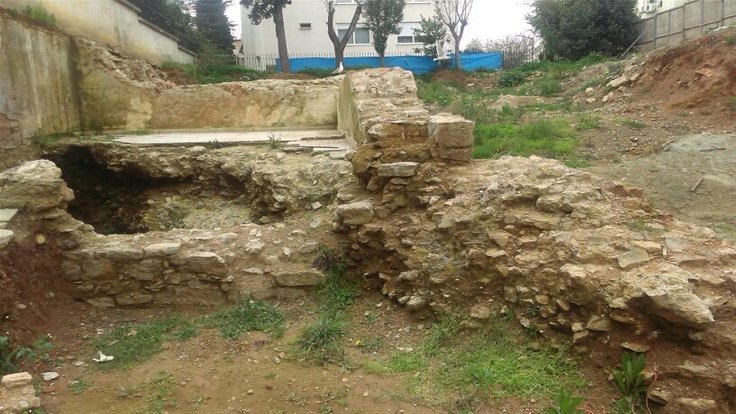
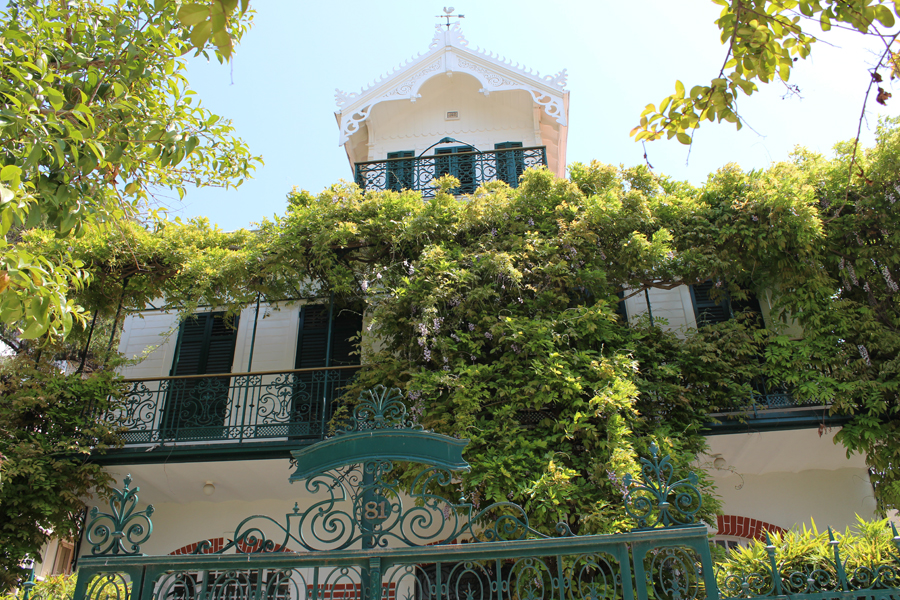
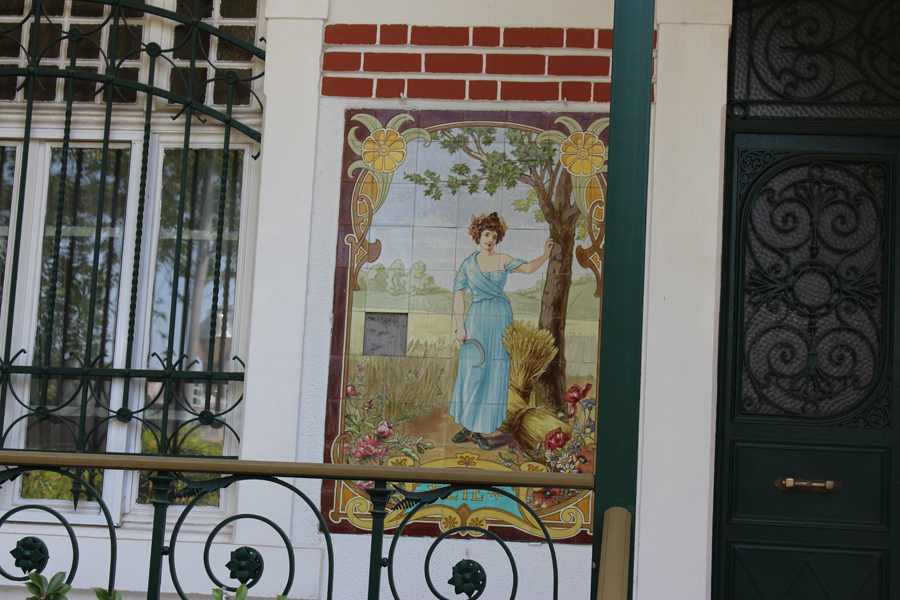
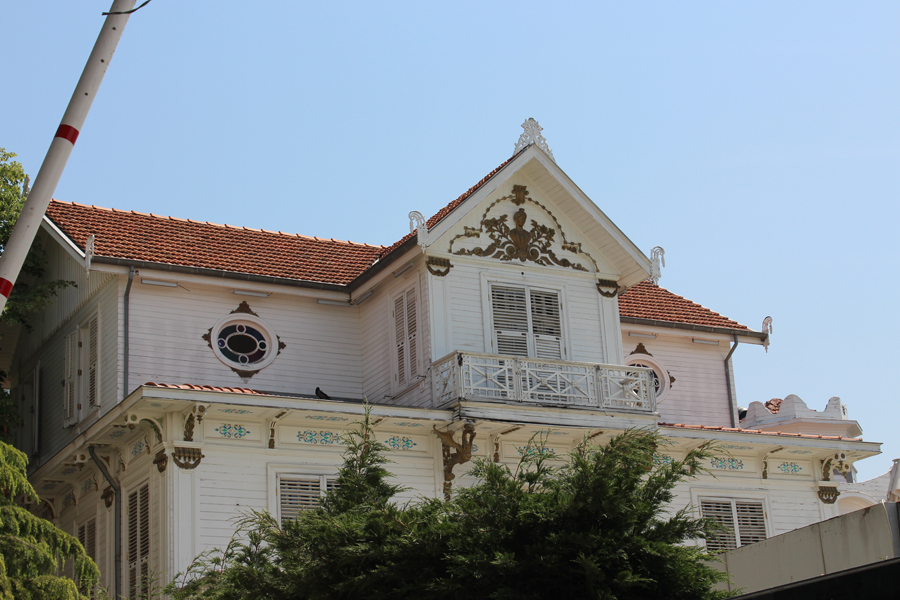
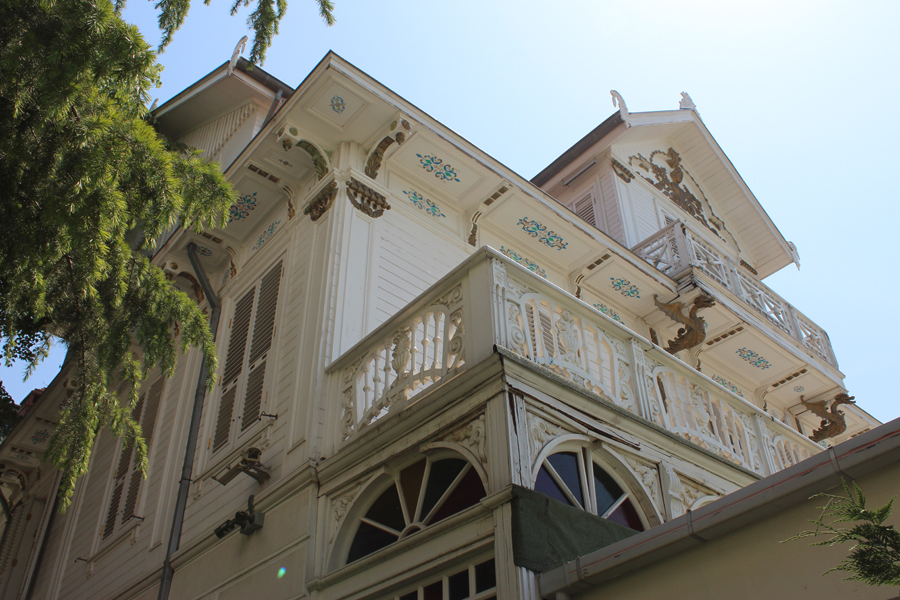
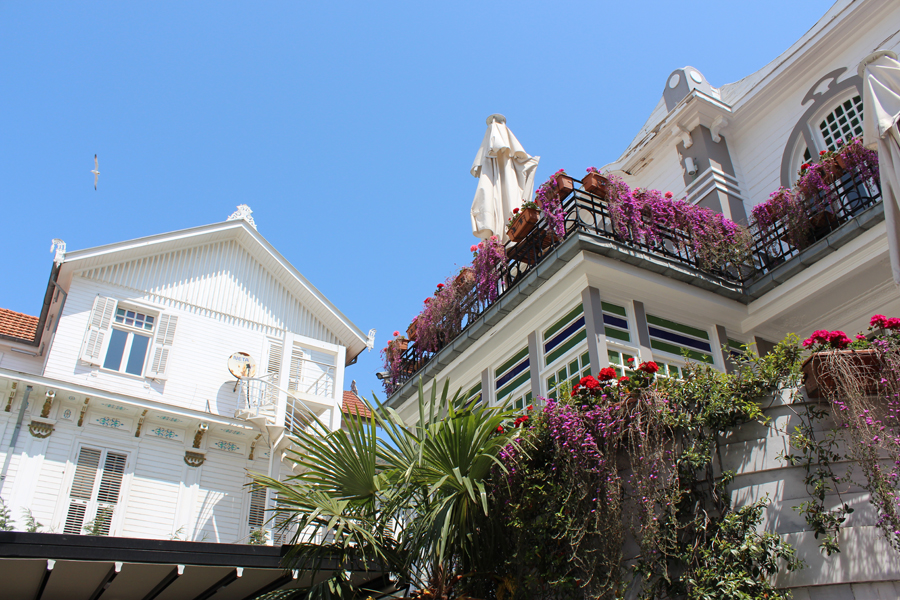
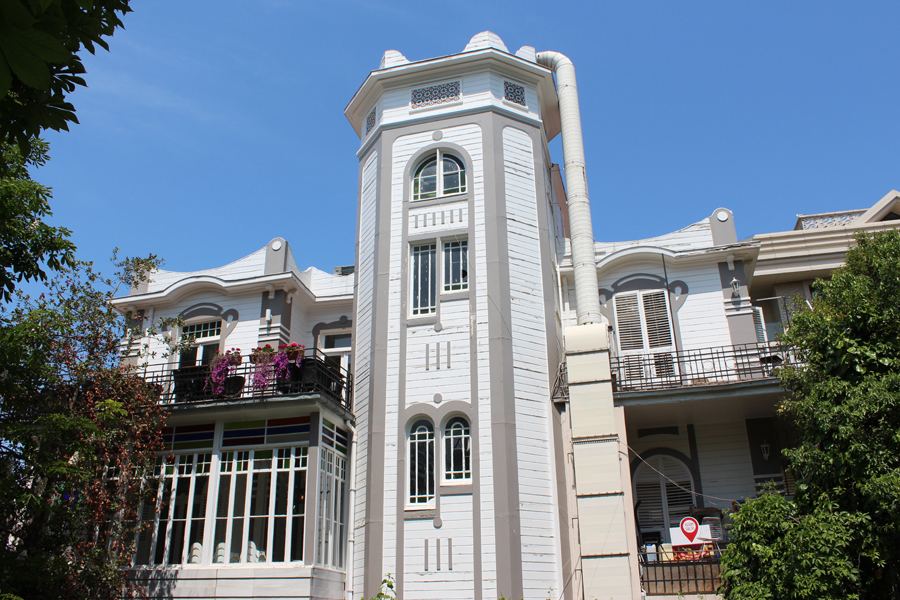
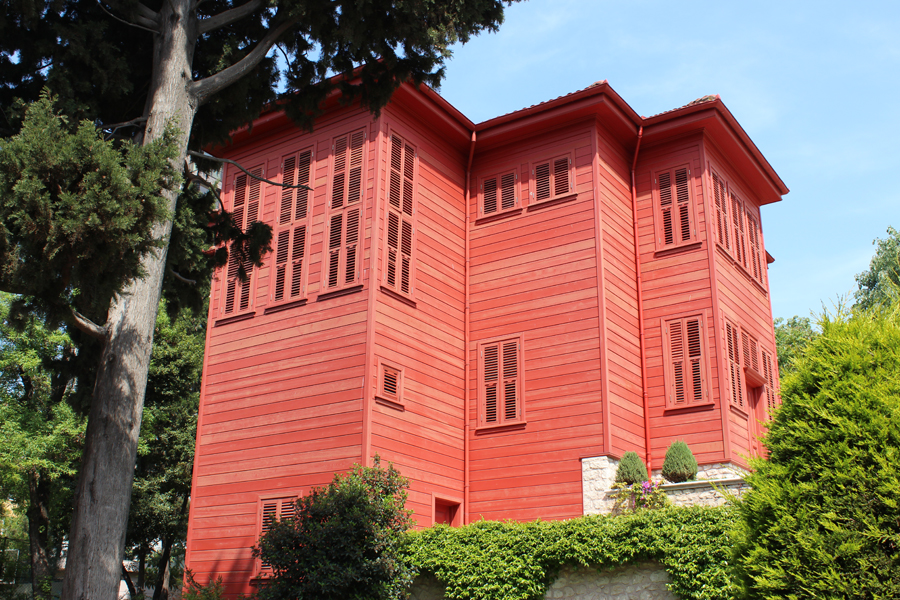
Levantine Houses of Fenerbahçe

Villa Sans-Soucis on Iğrıp street, Fenerbahçe built by a Swiss Levantine Semadeni family. This family had built 7 such houses within close proximity of which today 3 survive, this being one. In 1920 these houses were sold in block to the Lebanese Melkite origin Ceha family and the Greek origin Avramidis family. Ilyas Ceha was in the textile trade and was born in Aleppo. He was a successful banker under his own name in Karaman / Konya area, later moving to Istanbul.

Another of the Semadeni houses still standing, probably known as ‘Villa Selva’, that was bodily moved to the back of the garden, facing sideways so the high-rise in front could be built.

The rear facade of ‘Villa Selva’.

The last of the surviving Semadeni houses, ‘Villa Angadin’.

The rear facade of ‘Villa Sans-Soucis’ with ‘Villa Angadin’ next door.

On the parallel joining street of Gülizar street yet still on the old land formerly belonging to the Semadeni family is ‘Villa Gaetta’. The house was built by an Italian mariner by the name of Freo Cassiero (?) who moved to the area as a political refugee in the 1860s. The building was restored in 1985.

On the intersecting street to Gülizar, occupying a large plot to the East of Atlıhan sokak is the former Catholic seminary complex of St Augustin. The main building is now a conference and sports centre, the church and vicarage (the small building on the left of this photo) still stands but is crowded out by tennis courts, swimming pool, cafe etc. as the land was given to a business to run on a 100 year lease back in the 1980s.

On the opposite side of the road to the wide plot of the former seminary is a modest and now a highly altered house known as the ‘Weekend House’, and still referred to as such by the old-timers. It is not clear if this referred to an English family with that surname that lived there or if it was a weekend gathering spot for the once English speaking community that lived in the wider area (Moda was more Anglo-saxon in mixture).

Just next door to the Weekend House is an excavation from 2016 resulting from the demolition of Huzur Apt. A high number of buildings in this area and in wider Istanbul have in the past decade been deemed to be not earthquake resistant and a deal is struck with a developer, the owners are temporarily rehoused on the expense of the developer while the building is demolished and rebuilt to a bigger and taller manner, the incrased floor-space is set for the developer who sells and makes his profit. For some this is sensible future planning, for others it is a scam leading to an increased urban density and higher buildings all around. The ruins here were assessed as archeaologically significant, all construction was stopped and all the buildings that were also due for this transformation further down this street towards the sea could only be strengthened without demolition, so the developer lost big time in these cases. The deep levels and thinkness of these walls points to a Byzantine structure, possibly the old monastery complex, so the later French Catholic structure was probably situated to be close to his sacred site.

Again revealed in the 2016 construction excavation, the possible remains of the former French School, nearby the former cistern and the earlier St Augustin Church also serving the same Catholic community. This school was built in the late 19th century (1886-1890) and ceased operations in 1934 when primary education from religious orders was banned in the country. All these remains for now are protected.

Overlooking the yacht harbour on Fener Kalamış cad. is ‘Villa Mon Plaisir’, the writing of this name now scrubbed out on the panel on top of the iron gates as well as the indication of the construction date of 1906. Situated on the original large plot of Baron Oppenheim, the building was built by the Frenchman Jan George. Later the house sold to the Levantine George Josephe, who repaired ships on Tophane docks.

On the ground floor of the building are tiled scenes of the 4 seasons.

Also on Fener Kalamış cad. the former Jean Botter mansion. This Dutchman as the successful tailor to the Sultan was wealthy enough to build 4 substantial properties on this sea-front location, 3 of wood. Only 2 still stand. Their gardens have been invaded by cafes and buildings and the statues have recently been removed to an unknown location.

This building would have been Jean Botter’s summer residence, his main house being in Pera built by d’Aranco, still standing but in a terrible state as later owner inheritors have disagreed on policy for years. Mr Botter bought this parcel of land from Baron Oppenheim. Together with his wife Marie Botter, they had 3 daughters, Louise, Josephine and Marie. All 3 daughters married Levantines, Louisa the French origin Cesar Geoffredy, Josephine the Italian origin lawyer Alfred Rizzo and Marie the British origin Smith-Lyte. Mr Botter built 3 houses to his daughters all within close proximity.

The Louisa Botter house neighbourhing her father’s house and like that one had all the conviniences of the age including central heating. The couple had 2 children, Marie-Hortans (1900) and Charles Alfred (1905)

Side view of the Louisa Botter house that now is part of the cafe / restaurant that has obliterated its front garden.
